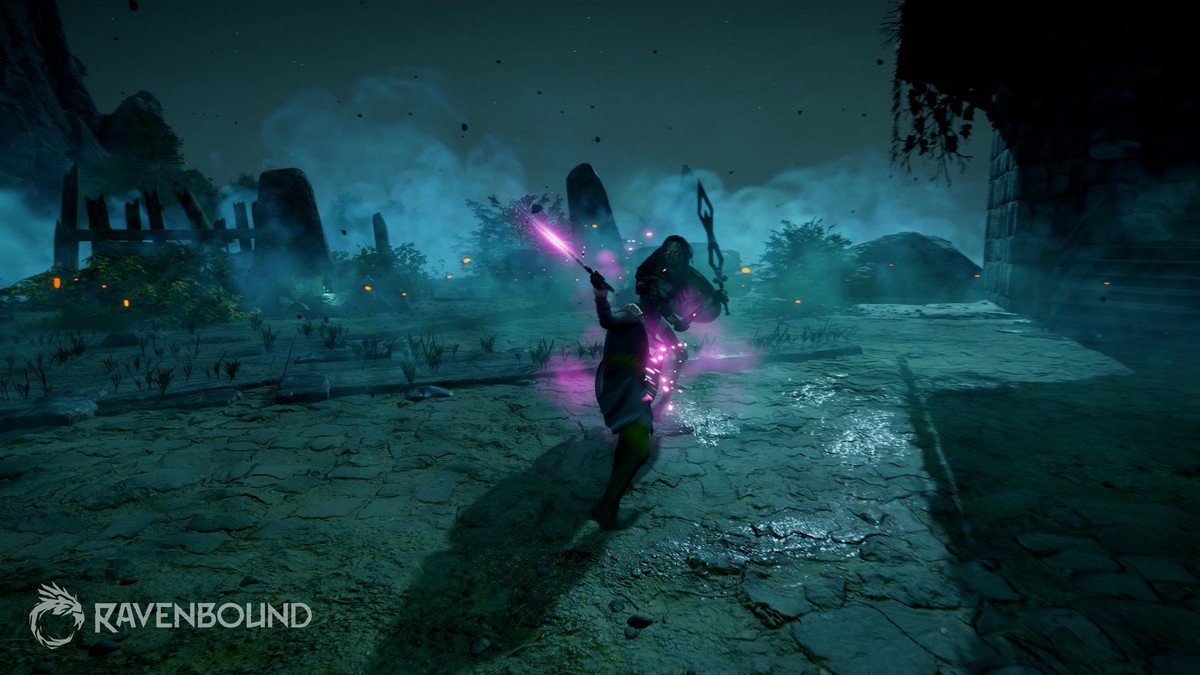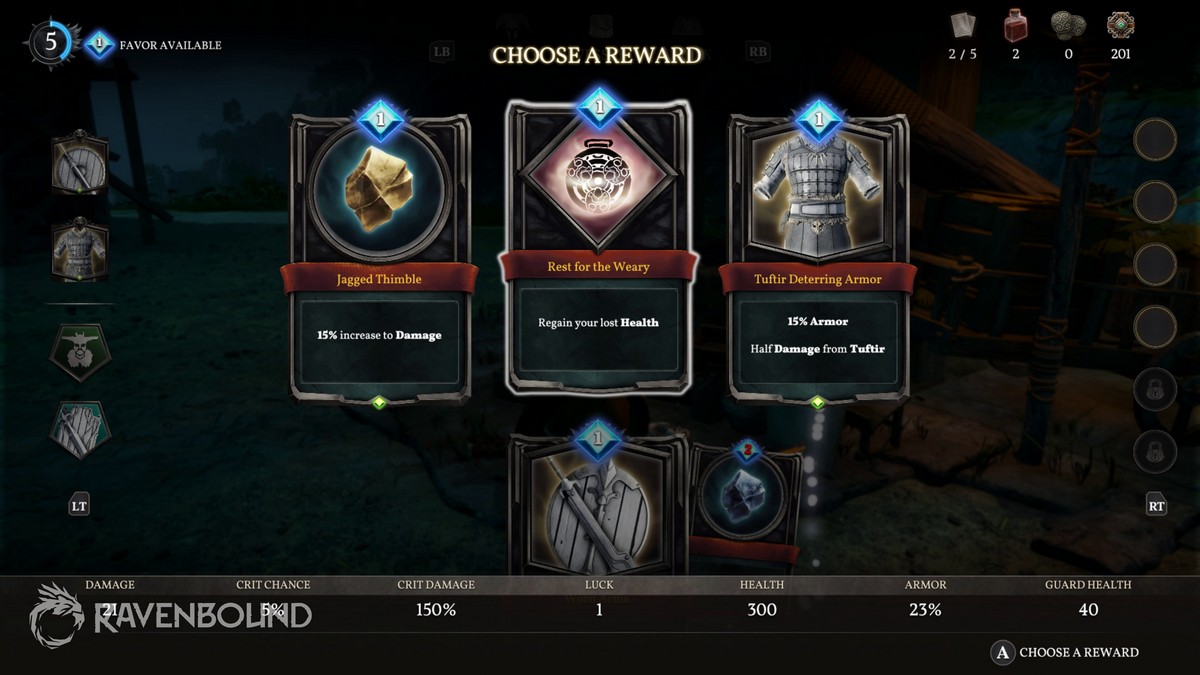In the present video game space, it can be quite hard to find new ideas from well-established genres. After all, it is much easier for players to get into something more familiar in terms of systems and gameplay ideas, even if the cry for more original content gets ever louder. In Systemic Reaction’s Ravenbound, there is a nice balance there in terms of giving players what they know and love about roguelites, as well as adding something new in terms of deck-building and cards.
Following an earlier preview of Ravenbound, we finally had the chance to get some hands-on time for ourselves, as well as find out more about the game from Creative Director, Emil Kraftling.

Taking my first tentative steps into Ravenbound, there is a sprinkling of inspiration that could be seen in a smaller title such as this. Movement is light and quick, combat is straightforward but challenging, and the visual style is not reaching for realism, which is quite similar to something like Immortals Fenyx Rising. The team is well aware that they are not trying to make an AAA title, especially with the deckbuilding elements involved, but a labor of love instead.
“We are sort of this, small indie corner sitting in the garage and doing cool stuff. And the team working on Ravenbound is a fairly small team, like 20, 25 people in our Stockholm office,” shared Kraftling, with a heavy emphasis on building a community of players that could then help chart the course of the game as it is a live experience that will change with time.
This also played into the inclusion of the deckbuilding mechanic, a concept that is not foreign to many players, and one that is also growing in popularity. The use of cards, and the future additions of others, is exactly how Systemic Reaction wants the system to work in terms of progression in the game. This will hopefully create more permutations for deck synergy down the line.

During the two hours spent with the game, it wasn’t hard to see what Kraftling meant. From your equipment, to active and passive bonuses to the variety of cards, the ways things could change significantly based on RNG and unlocks truly mean no game will ever be the same. And once the community is knee-deep into things, knowing what works and what doesn’t will allow the developers to tweak things and add new cards to impact play, an intriguing prospect, to say the least.
Many of the cards and your choices will impact the main core of Ravenbound, which is its combat. Straight from the off, the idea was never to make players “feel weak and die against everything,” but rather to make you “feel like a warrior” and get stronger from there. Being able to go toe to toe with groups of bandits and skeletons at the start does make a solid argument, although it still pays to master the dodging and guarding techniques included in Ravenbound.
And when it comes to tougher foes like bosses or larger groups of enemies, the choices made will matter even more, either aiding the way you fight or becoming less helpful augmentations that could be more suited for another run. Being able to stagger enemies quickly is useful in most scenarios, but not against swift groups of goblin-like creatures that can swarm and overwhelm you quickly.
“We want you to feel smart in that you can make interesting choices with the options that we provide you and utilize those in interesting ways. From my perspective, the best roguelites are the ones that achieve this,” Kraftling said. “That was a guiding light for combat. And then it’s been sort of a journey towards finding the right feedback in combat, making sure that every hit feels good, and that every enemy you take down feels good. I think we’ve come a long way.”

While the various mechanics of the combat made it interesting and fun, especially when trying to learn enemy patterns while under the pressure of attacks on all fronts, the exploration of a large world could still be refined further. The team is actively trying to ensure that players will have reason to roam the world, but with a vast distance to cover behind the various gates leading to self-contained worlds and bosses, that remains a challenge even as you can take to the skies in raven form at selected locations.
As we noted before, Ravenbound is a roguelite that draws inspiration from folklore –more specifically, Scandinavian myths and stories. It was the freedom of taking things in whatever direction the team wanted to that made it important to create their own world colored by its source material.
“Fantasy basically lets us be creative, because we can create whatever rules we need to adhere to. So anything we could come up with that would be fun and cool gameplay, we would be able to tie into the lore because we had created the fantasy ourselves,” Kraftling explained regarding the world and creatures we will meet.
It was also helpful that the team could provide an accurate depiction of the folklore used, delivering an authentic take on things, much like how it was with Generation Zero, another Systemic Reaction title.
